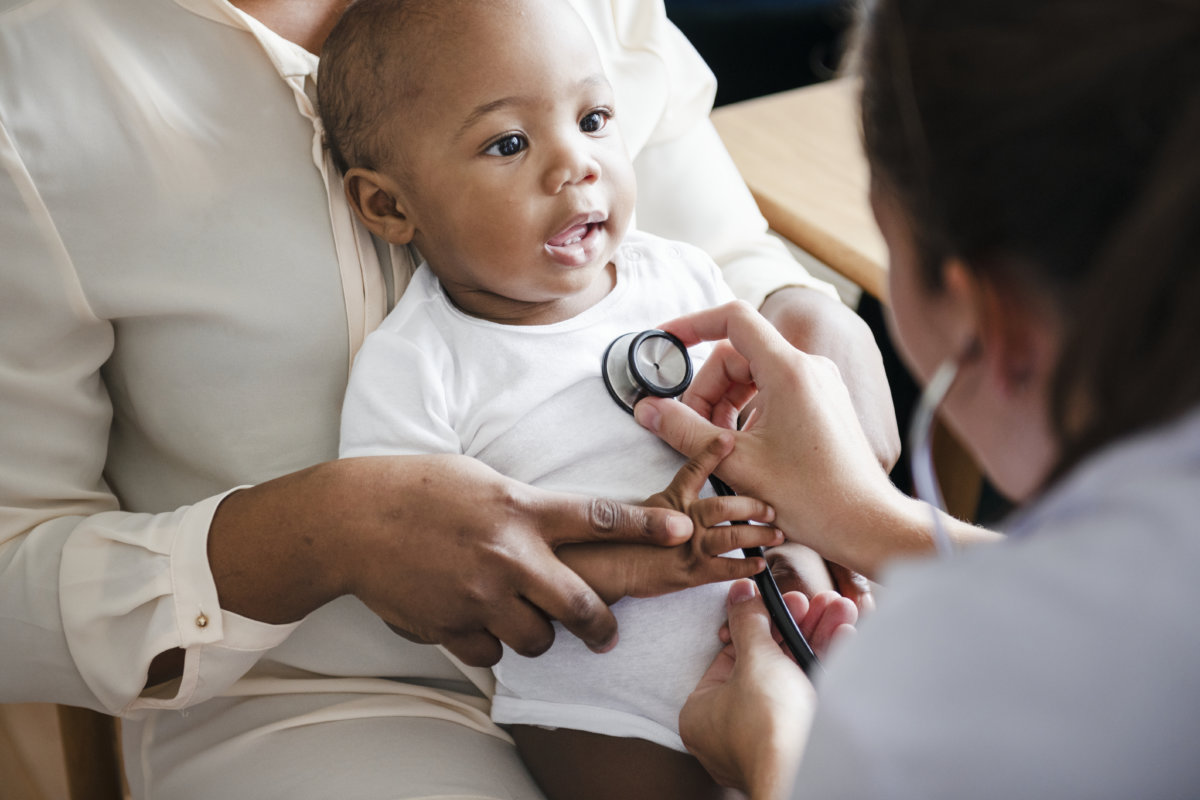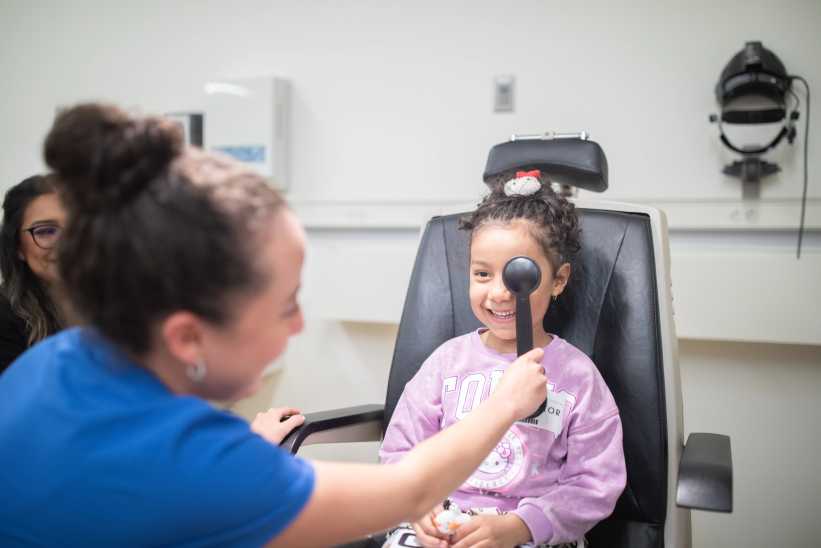
My friend recently took her toddler to the emergency room after a fall. The child was okay, it turned out, but my friend said the visit was a mess: the child was terrified and screaming and my friend’s stress level was overwhelming. Knock on wood, I haven’t yet been to the emergency room with my little one; however, I know that there is always that possibility, and I want to be prepared. Any advice to keep stress levels low for everyone?
No one ever plans to be in an emergency room — but you are wise to try to be mentally prepared. To best answer your question, I spoke with Erica Titlebaum, Child Life Specialist in the pediatric emergency department at NewYork-Presbyterian Brooklyn Methodist Hospital.
“When things are chaotic or stressful for a patient and family in the emergency department, my job as a child life specialist is to ease their anxiety and help them to feel safe,” says Ms. Titlebaum. “Part of my job is to explain things that are happening in a simple way and use play to help patients and families understand what will be happening during their visit.”
“Due to our location near Prospect Park and its playgrounds and ball fields, we see many children who need stitches,” she continues. “Before the procedure, I will help the patient and family create a coping plan using medical play. Using a doll and real medical equipment, I teach them about getting stitches and we rehearse coping techniques such as deep breathing and ways to stay still even when you are scared.
“Familiarizing them with the procedure ahead of time helps them to process and understand what will happen, which helps the child cope better with the procedure and creates an overall better experience for everyone involved.”
Titlebaum offered the following suggestions should you find yourself in the emergency room:
1. Comfort and distraction. Comfort items such as a blanket or a favorite toy from home can help your child to feel safe and secure. During your visit, using play to keep your child distracted is a trusted technique for reducing your child’s anxiety and fear. The game “I Spy” is a great way to distract your child during the doctor’s exam.
2. Use positions that are comfortable for your child. Children feel most vulnerable when they are lying flat on their backs. While there are certainly times where this can’t be avoided, there are many times when changing your child’s physical position can ease their anxiety. Ask the physician if your child can sit on your lap or if you can lay next to your child to help them feel safe and secure.
3. Let your child feel in control. Allowing your child to have an active role in their healthcare ultimately provides them with a sense of security. Kids need to have a sense of control in unfamiliar situations. Offer choices that are realistic, such as “what ear should the doctor look in first?” gives your child some much needed control.
4. Be calm. It can be hard to keep calm when your child is nervous or anxious. However, children can sense your emotions. When you have a calm demeanor, often times your child will mimic your emotions and it will help set a tone for your visit to the emergency department.
5. You know your child best. Let us know what works best for your child and we will try to accommodate their needs. Little things such as letting us know how your child prefers to take their medication will help your child cope better during their emergency department visit.
For more health-related posts by Dr. Pramod Narula, check out Keep an Eye Out for Conjunctivitis (a.k.a Pink Eye)























